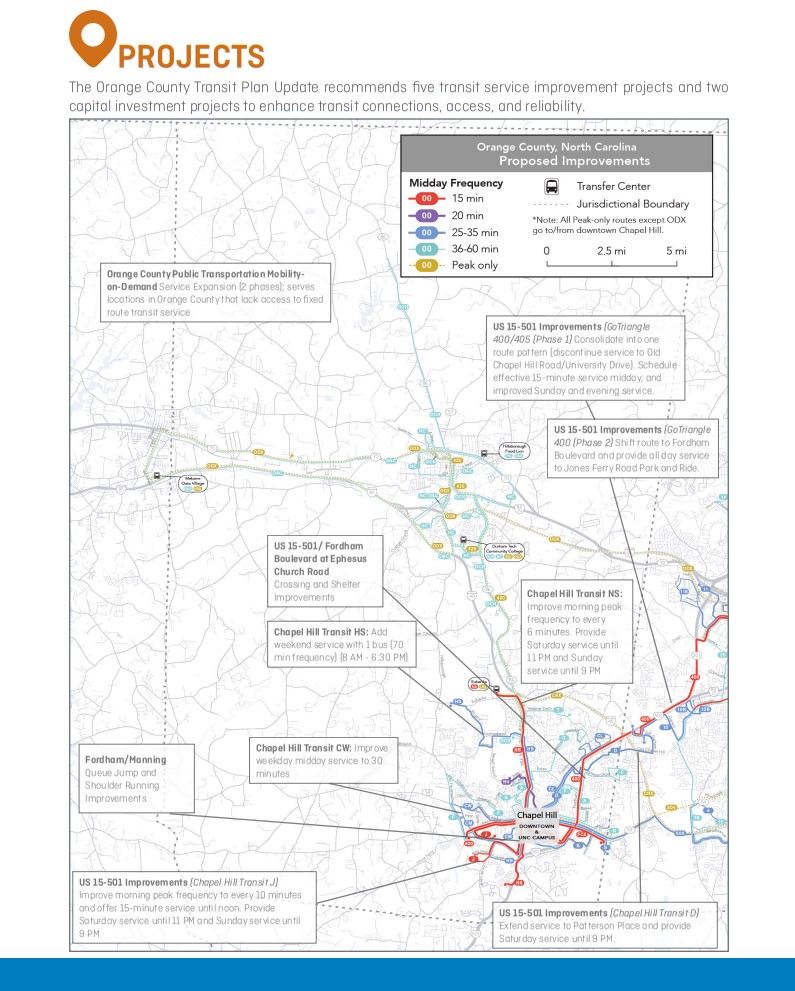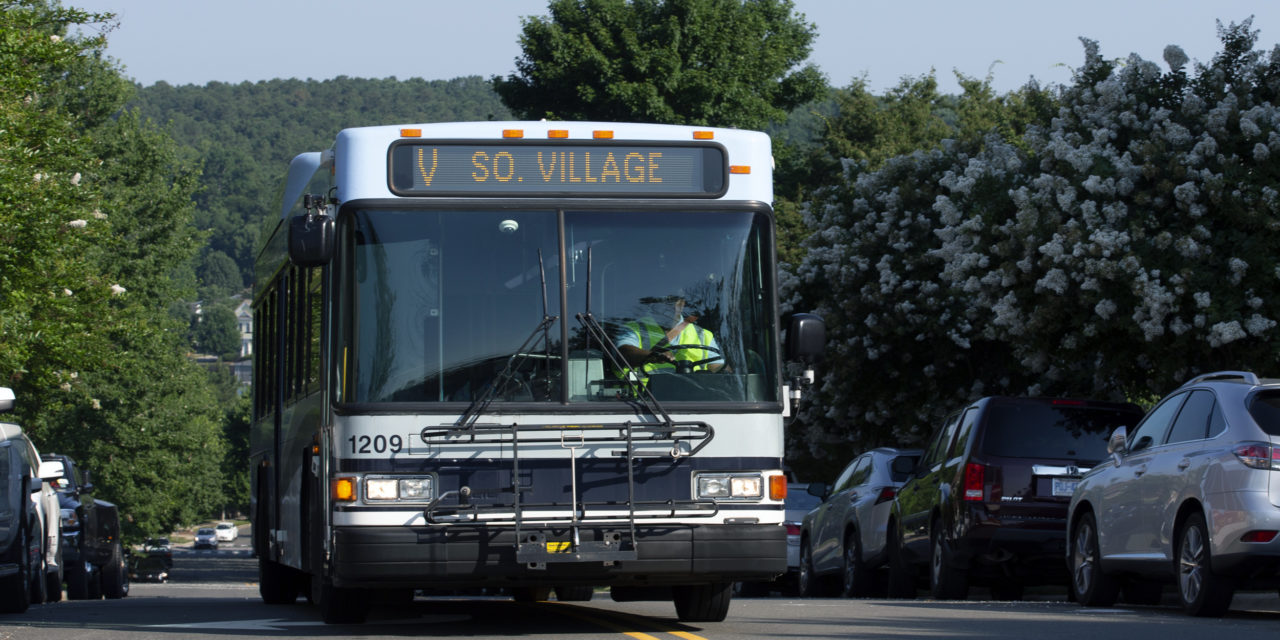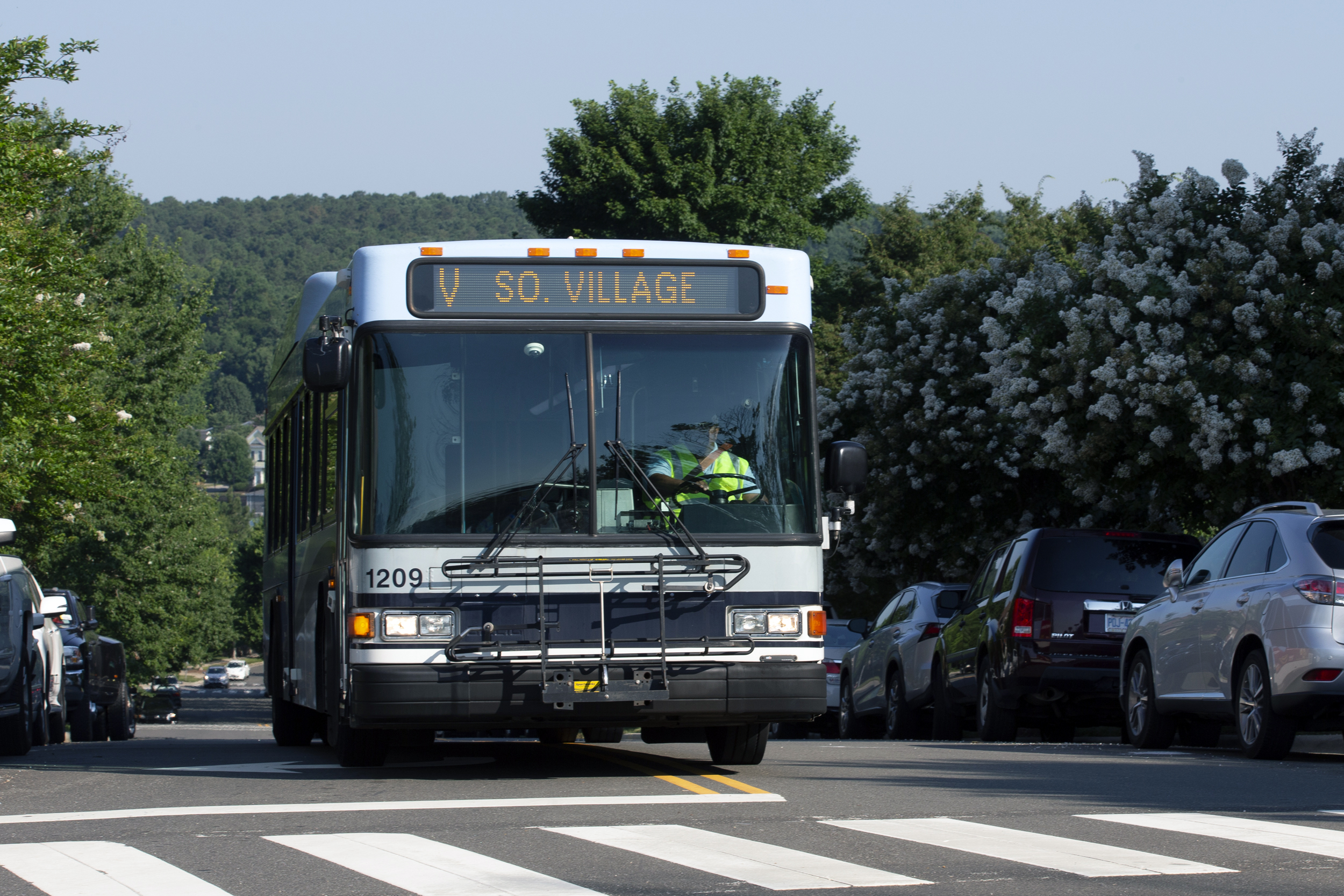Ten years ago, Orange County voters approved a new half-cent sales tax to go toward a variety of transit projects and long-term expansion of connectivity through the county. As part of the measure, the county government created a long-term Transit Plan to help guide elected officials and staff on how to use those funds.
Now, the local government is close to finalizing an update in that plan, examining how some of those transit projects have progressed while also laying groundwork for future ones.
The Board of Orange County Commissioners alerted residents of a public hearing scheduled for Tuesday, November 1, where residents can speak directly with commissioners about the draft plan and its goals for transit. The draft plan, which can be downloaded here, was last updated this summer.
The Orange County Transit Plan is described as a two-decade strategy for how the county and its partners can invest revenue accumulated from the half-cent transit tax. When the tax was first approved in 2012, the county put together a Bus and Rail Investment Plan — later making updates to call it the Orange County Transit Plan in 2017 as some initial projects progressed. The latest iteration of the plan comes after years of planning among county staff and transit partners, as well as sustain outreach efforts to gather residents’ opinions and perspective on transit service.
“The update process provided a valuable opportunity to ensure planned transit projects and investments reflect community values and meet community needs and goal,” reads part of the draft executive summary. “Within this plan update we introduce seven new transit projects supplementing the projects in the 2012 and 2017 plans, and enhancing the transit service and infrastructure currently provided by Orange County.”
One major reason for change in the 2022 version of the plan: the Durham-Orange Light Rail Transit Project, long seen as a centerpiece of the county’s transit visions, was discontinued in 2019. The Orange County Board of Commissioners voted to stop work on the project’s planning after Duke University, which was intended to be a destination for the light rail, declined to sign an agreement necessary for federal funding and effectively killed its feasibility.
In the draft update, the county moves past the light rail project’s failure and focuses more on improving bus service and creating express bus corridors. In the short-term, Orange County will prioritize expanding times and frequency for certain Chapel Hill Transit routes, tweak routes for GoTriangle buses along U.S. 15-501 in Chapel Hill and Durham, and building out service for Orange County Public Transportation Mobility on-Demand drivers.

A map of Orange County and the envisioned short-term projects to improve transit services, as outlined in the 2022 draft Transit Plan. (Photo via the Orange County Government.)
Additionally, the draft update lays out major long-term projects to improve transit connectivity. Chapel Hill’s North-South Bus Rapid Transit line, which is the most immediate project of the group, is included with the visions of bus rapid transit lines between Chapel Hill and Durham, and between UNC campus and the Research Triangle Park. Express bus corridors to Hillsborough, Mebane and through Durham County are among Orange County’s vision for projects in 2040 and 2050.
The transit tax continues to create major returns for the county. Paired with a vehicle rental tax and vehicle registration fees, Orange County collected $8,954,000 in 2022 — funds that will go toward supporting the transit entities, paying for transit-related infrastructure or supporting the county’s planning staff.
The Board of Commissioners’ public hearing on the draft 2022 Orange County Transit Plan is set for 7 p.m. at the Whitted Building in Hillsborough on November 1. An agenda for the meeting will be available online the evening of Friday, October 28.
To learn more about the Orange County Transit Plan, visit the county’s dedicated website for the framework.
Photo via the Town of Chapel Hill.
Chapelboro.com does not charge subscription fees, and you can directly support our efforts in local journalism here. Want more of what you see on Chapelboro? Let us bring free local news and community information to you by signing up for our biweekly newsletter.




